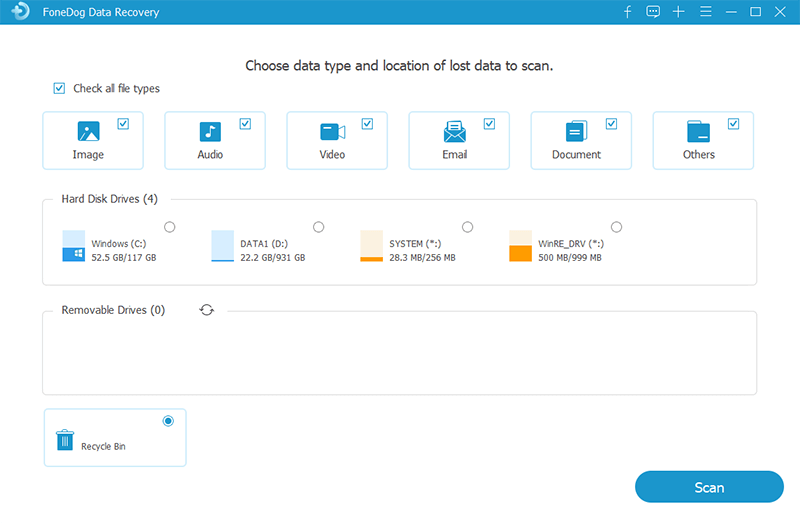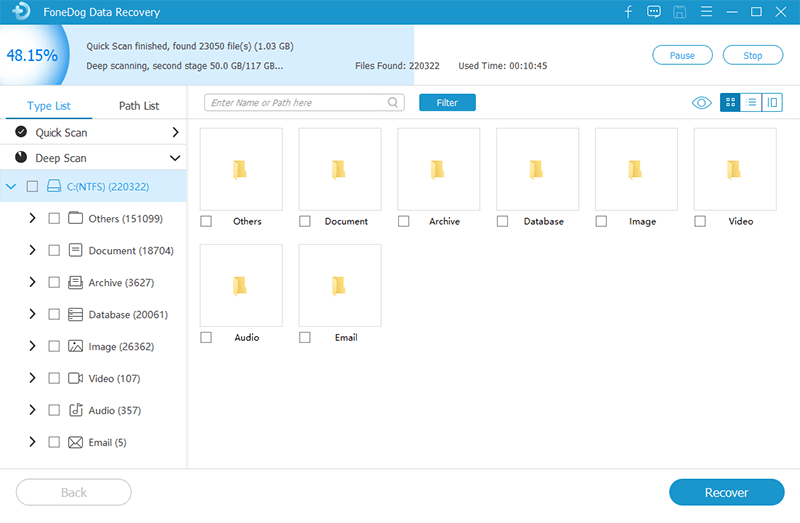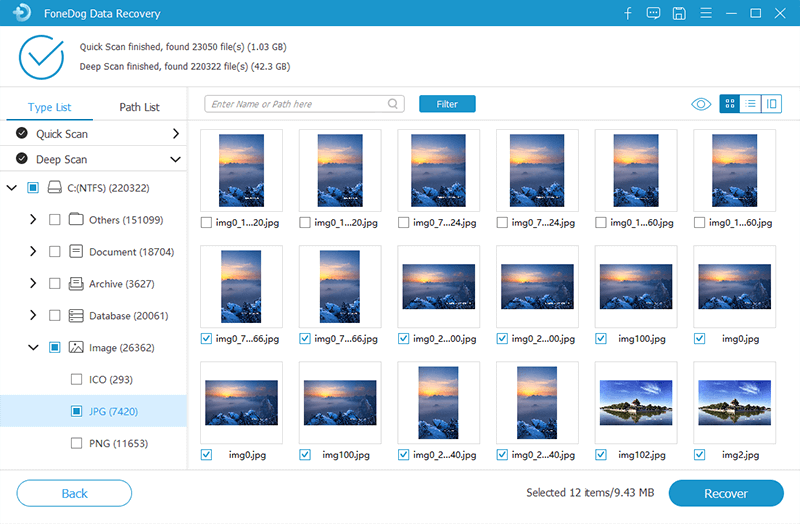

By Gina Barrow, Last updated: June 17, 2017
Part 1. How Samsung SD Card WorksPart 2. Common Causes of SD card Data LossesPart 3. Tips to Keep a Healthy and Working Samsung SD CardsPart 4. Quick Fixes for SD CardsPart 5. Recover Deleted/Missing Data on Samsung SD Cards - FoneDog Data RecoveryPart 6. Video Guide: How to Recover Lost Data from Samsung SD Card
A micro SD card is a popular tiny device that stores large amounts of data. An SD card is a solid-state device which means there are no moving parts inside in order for it to function and it is also durable. It is made up of tiny rows of memory chips all busy working together to store your important files. A micro SD card is a common accessory to all Android mobile phones and tablets nowadays.
Samsung SD card is one of the best ever developed memory storage that claims to be waterproof and safer for any types of damages. You can store all types of media or files inside an SD card such as your photos, music, videos, messages, apps, games, and much more.
With Samsung SD card, you can enjoy optimum capacity and speeds as promised where the spaces range from 8GB to 256GB. You can definitely capture memorable moments on your Samsung device packed with enough memory space on your SD card. When you insert a micro SD card on your phone, the phone automatically detects and scans it and starts working right away.
Basically, you are using an SD card when you run out of internal space on your phone. You can select the type of external SD card to use on your Android phone but you need to understand about your phone features in order to choose what type of SD card is needed to maximize your mobile experience.
However, there are cases where you encounter data losses on your SD cards. These data losses can be triggered by yourself or other unwanted scenarios. In this case, let’s assume you are using a Samsung SD card where you have stored all your photos and other important data. Here are the most common causes of SD card data loss:
In order to fully enjoy your phone experience, you need to practice safe and healthy precautions on your SD card. This tiny device is of great importance especially in handling all of our much needed files and data. Here are some of the best ways to keep in mind whenever using an SD card:
Turn back-up & sync On/Off
Another option for safe backup is saving the files on your computer.
Before your SD card breaks down, you will notice signs and symptoms that can help you resolve the issue before it worsens. Here are the most common signs:
When these signs are showing, you can perform a backup first (follow the tips mentioned above) and format the SD card by going to Settings>Storage>Format/Erase SD Card. You may also format the SD card using a computer.
When you are too late and the SD card is no longer accessible or is showing error messages, you tend to look for the best and effective solutions to recover the files. When you are using a Samsung smartphone, the files do not get lost or deleted immediately but rather replaced by the one you just added or something else. So when you are facing this tough situation, stop using your phone right away.
We know you are not yet ready to let go of all the memories you have so we suggest that you use the most guaranteed recovery software on the market today. FoneDog Data Recovery software is able to retrieve deleted files by scanning directly from your SD card, phones, and tablets. You can also selectively recover your contacts, messages, photos, videos and other data. Here’s how to use FoneDog - Android Data Recovery:
Download the FoneDog - Android Data Recovery and install it on your computer. After installation, launch and run the software to begin the recovery process.
Data Recovery
Recover deleted image, document, audio and more files.
Get deleted data back from computer (including Recycle Bin) and hard drives.
Recover loss data caused by disk accident, operation system crushes and other reasons.
Free Download
Free Download

When the program opens, it will ask to connect your device to the computer. This time, insert your SD card into the memory card slot if you are using a laptop or use a card reader if using a desktop. Once your SD card is detected by the software, click “Scan” to continue.
Before scanning, you will see two types of scan modes to choose from: “Quick” and “Deep” modes. Under quick mode, there is an option to scan for deleted files (quick scan) or to scan for all files (deep scan). If your files were not found in quick mode, you can choose deep mode to run a deeper scan but it may take a longer time to finish.
When the scanning process is completed, all the results will be displayed in categories such as Gallery, Videos, Audio, Documents and etc… At this point, you can selectively recover only the files you need or select them all. The program will create a folder for all the recovered items.
Samsung devices are the most versatile smartphones in the industry today. And because of its Android operating system, it makes it even easier to do a workaround if some technical issues arise. For worse cases like data lost, you can always rely on FoneDog - Android Data Recovery software to bring back all the important files you need. But of course, having a reliable backup is always the key.
Leave a Comment
Comment
Android Data Recovery
Recover deleted files from Android phone or tablets.
Free Download Free DownloadHot Articles
/
INTERESTINGDULL
/
SIMPLEDIFFICULT
Thank you! Here' re your choices:
Excellent
Rating: 4.7 / 5 (based on 94 ratings)